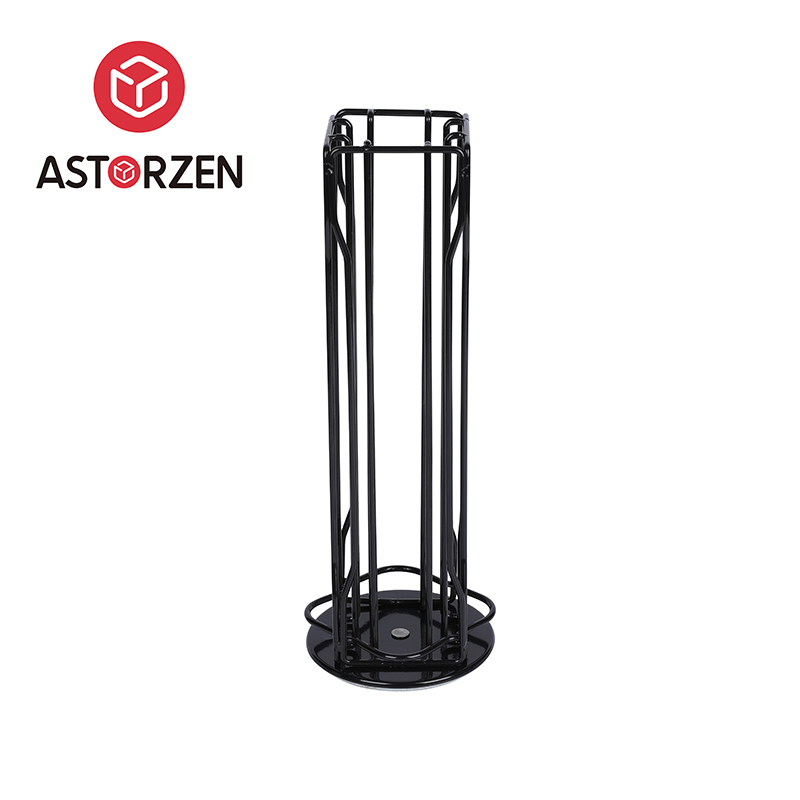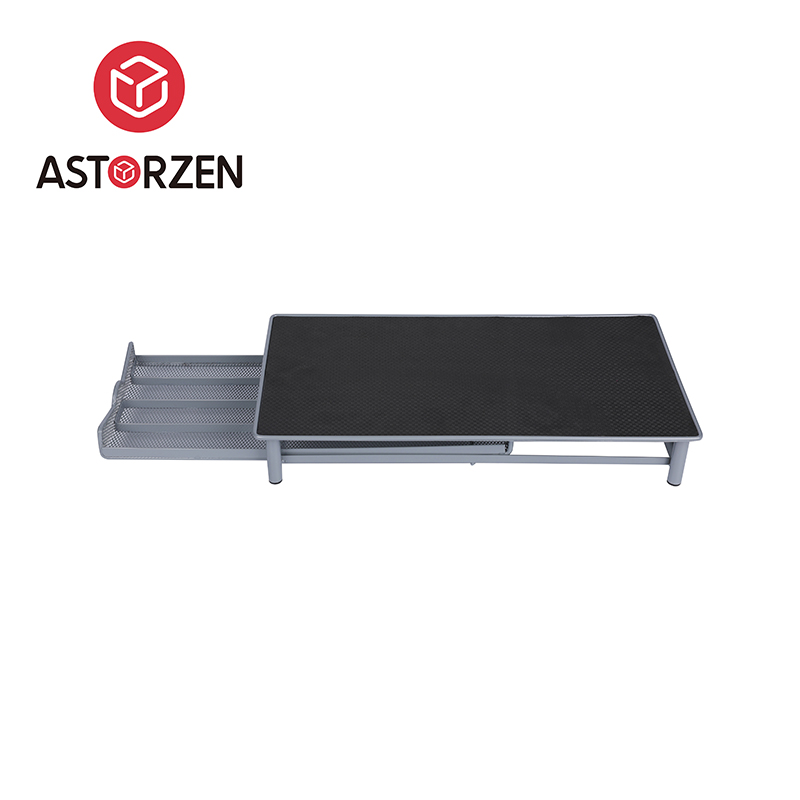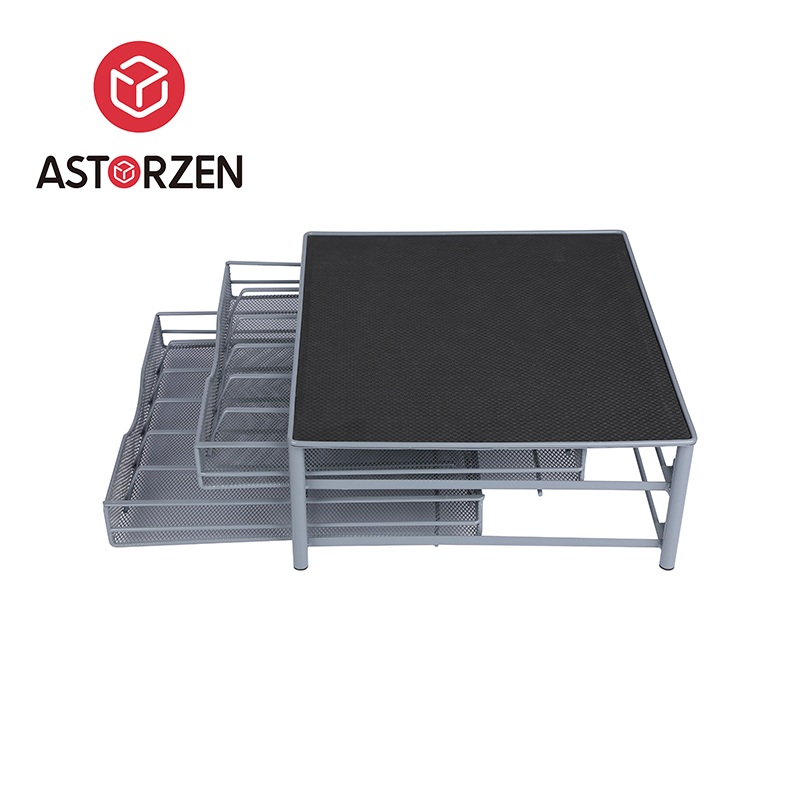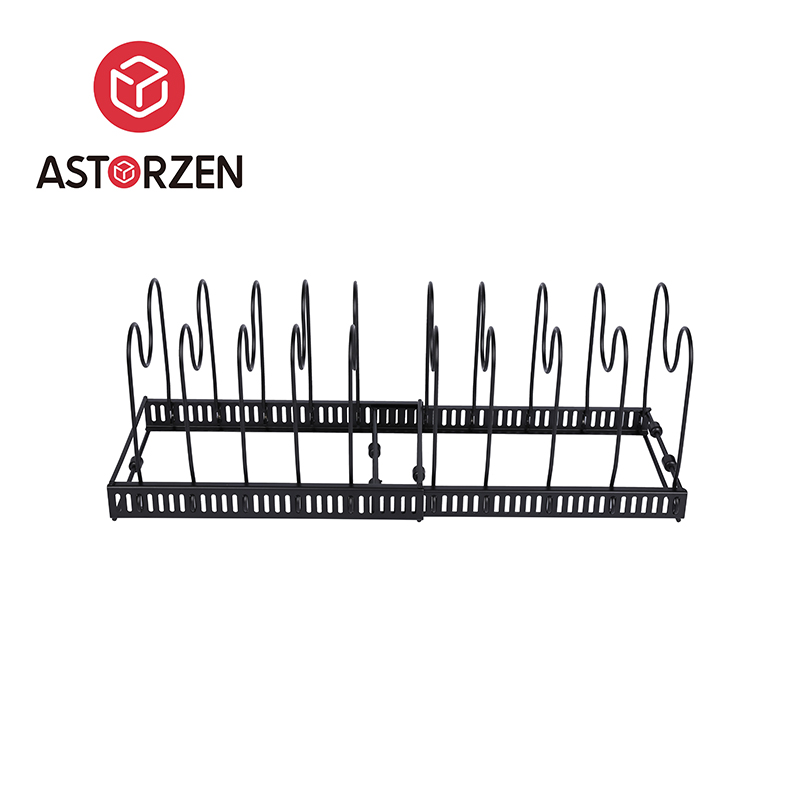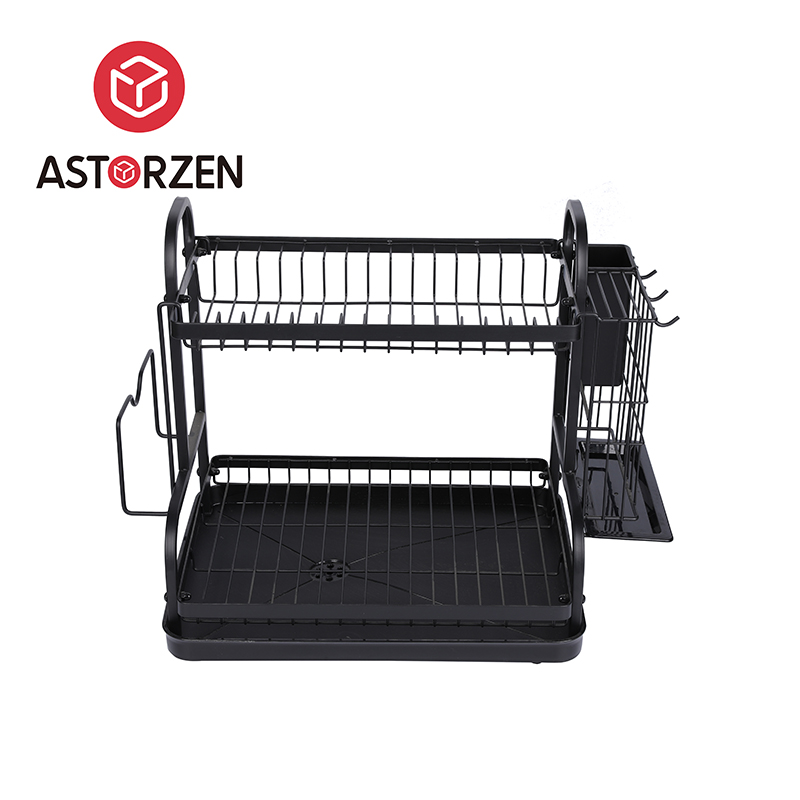Historically, homes lacked dedicated spaces for shoes, bring about clutter and disorganization at the entryway. Shoes were often tossed by the door, bring about a messy and sometimes dangerous entry. Over the years, homeowners and designers have sought solutions to this problem, gradually moving toward better-organized entryways. This led to the rise of various storage furniture pieces, such as shoe racks, cubbies, and benches, to help homeowners manage their footwear collection.
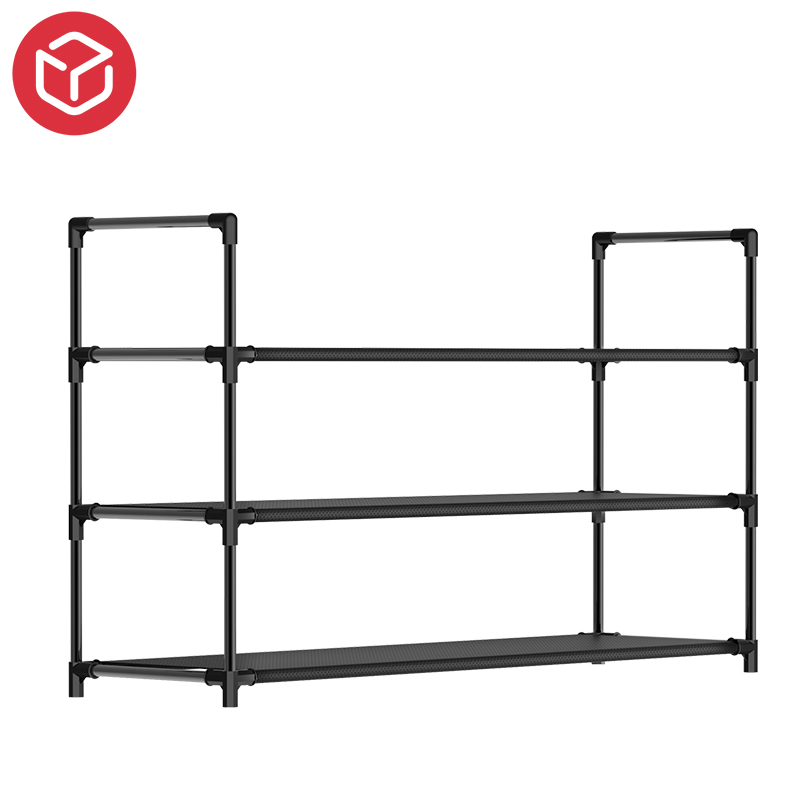
As small living spaces became more common, particularly with the rise of urbanization in the 20th century, the need for compact furniture solutions became apparent. The Entryway Corner Small Stackable Shoe Rack was born out of this need to combine storage with efficient use of space.
Stackable storage systems have been around for centuries, dating back to early designs used for organizing food, tools, and other household items. However, it wasn't until the late 20th century that stackable storage solutions began to gain mainstream popularity in home organization. This shift was largely driven by the rise of minimalist living and the desire for multifunctional furniture that maximized available space.
The Entryway Corner Small Stackable Shoe Rack specifically emerged as part of this movement. Designers began to recognize that entryways were often underutilized areas, particularly corners, which are typically overlooked in traditional home organization. The concept of a stackable shoe rack provided a solution to this issue, allowing individuals to organize shoes in a way that saved space while keeping them easily accessible.
The stackable nature of these racks offered a significant advantage. Rather than taking up more floor space, homeowners could simply stack the racks vertically, enabling them to store a larger number of shoes without sacrificing valuable space. This versatility made the Entryway Corner Small Stackable Shoe Rack a game-changer for people living in apartments or homes with limited entryway space.
Another factor that contributed to the rise of the Entryway Corner Small Stackable Shoe Rack was its ability to combine functionality with aesthetic appeal. As design trends shifted toward minimalist, modern interiors, the demand for sleek, stylish storage solutions grew. Traditional, bulky shoe racks made from wood or metal were often seen as unattractive and cumbersome. In contrast, the Entryway Corner Small Stackable Shoe Rack offered a much more refined look.
Made from materials like wood, metal, or plastic, these racks often feature clean lines and neutral colors that can seamlessly blend into a variety of home styles. Whether you're designing a modern, industrial entryway or prefer a more rustic vibe, the Entryway Corner Small Stackable Shoe Rack can fit right in. Furthermore, many models feature a stackable design that allows users to customize the height of the rack, providing additional flexibility.
The ability to fit in a corner made these racks particularly appealing for people with limited space. Corners often remain unused in homes, and the design of the Entryway Corner Small Stackable Shoe Rack effectively capitalizes on this underutilized area. By providing a dedicated space for shoes, the rack not only solves an organizational issue but also helps keep the entryway looking clean and clutter-free.
As with many home goods, the evolution of materials played a significant role in the development of the Entryway Corner Small Stackable Shoe Rack. Early versions of these racks were often made from basic wood or metal, which provided adequate storage but sometimes lacked the durability and lightweight properties desired by modern consumers.
In recent years, innovations in materials have made these racks more versatile and longer-lasting. For instance, the introduction of powder-coated steel frames made these racks more resistant to wear and tear, while lightweight plastics helped reduce the overall weight of the product. Additionally, wood alternatives such as engineered wood or bamboo have become increasingly popular, offering a sustainable and cost-effective alternative to traditional hardwood.





 English
English 日本語
日本語 русский
русский عربى
عربى


